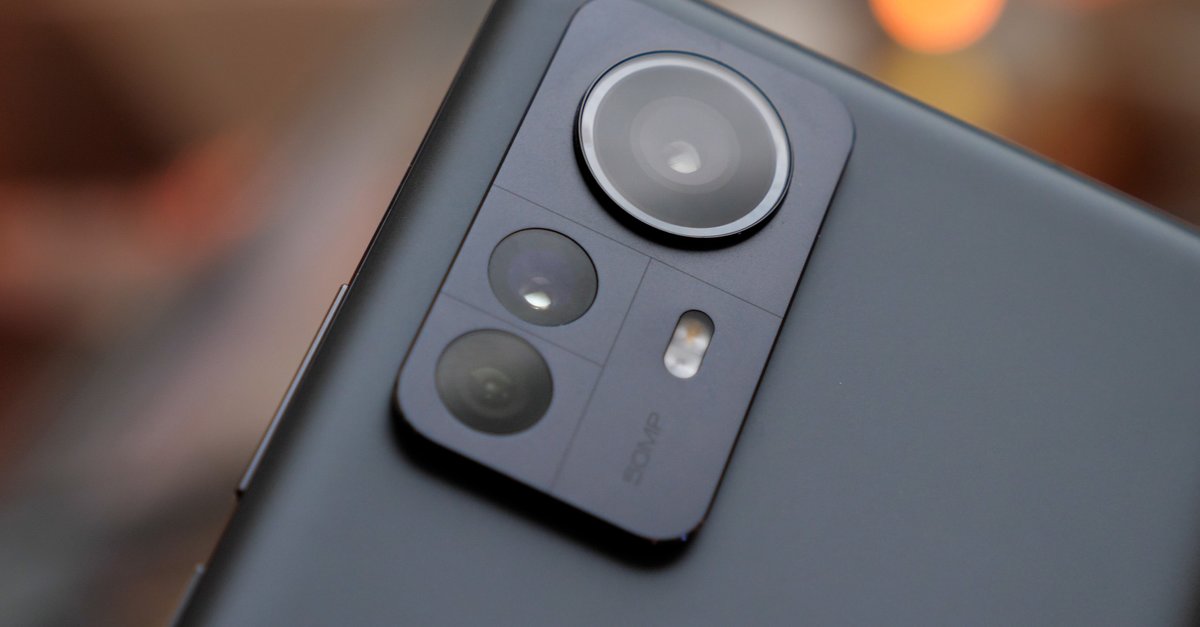Finance committee could hold Apple harder
With Apple Pay, the finance committee could provide more openness and clarity about the conditions under which third parties such as banks and other payment service providers can use the payment method.
The Bundestag could now take a new attempt to regulate Apple Pay more closely. Shortly before the end of the legislative period, the government coalition could change the Payment Services Supervision Act (ZAG) again. Wait a minute, we already had that, one or the other might think – and that’s right: the implementation of the EU directive on money laundering was supposed to ensure that Apple had to change its NFC interface as early as the end of 2019. The group from Cupertino had tried to the last to prevent this with the help of appropriate lobbying, but was initially unsuccessful despite massive protests. Apple’s argumentation: Allowing other actors to access the NFC interface is a security risk, and a special USP is that Apple Pay only triggers the payment to the other party without disclosing the corresponding user data.
But apparently, as a payment expert from the banking technology environment describes it, the design of the law is not yet so clear that Apple could be persuaded to use the NFC interface for external service providers such as banks and other payment service providers to release. The Finance Committee is now planning to make this more specific. In addition to non-discriminatory access, as the wording goes, it is also about financial conditions – a tug-of-war whether Apple has to release its interface for an “appropriate fee”, whatever Apple thinks it is, or for the “actual cost”. This is where the next point of contention lies: Apple naturally argues that they have invested in the technology as part of the overall security concept of the iPhone and that this investment must include more than the pure usage fees.
Contents
Upside-down world: suddenly the banks are referring to PSD2
But there is also a dispute about who could benefit from it. The solution, ridiculed at the time as Lex Apple Pay, could benefit not only banks and savings banks, but also larger international payment providers who tend to have the appropriate development budgets and the necessary infrastructure interface. Apple Pay is currently the only payment service that can use the iPhone’s NFC interface. Banks and savings banks are consequently always dependent on the goodwill of Apple if they want to offer Apple Pay – and cannot offer certain of their own services via the interface on their own. In the USA, Apple has already initiated cooperation with some banks with their own special credit card and app. Competitor Google, which is currently expanding its payment solution Google Pay into a commerce solution, shows where the journey can go.
The fact that the Federal Government (and also the EU Commission) are so vehemently committed to the issue also has to do with the Payment Services Directive PSD2. On the one hand, this is forcing banks to open their interfaces to fintechs and other payment services for a number of years – but in such a case it can also open doors for banks. So it’s almost funny that it is now the old banking world that demands Apple to lift the limits and provide non-discriminatory access. Of course, the banks themselves have a major construction site in connection with mobile payment: the merging of the stumbled Paydirekt with the Giropay initiative.



